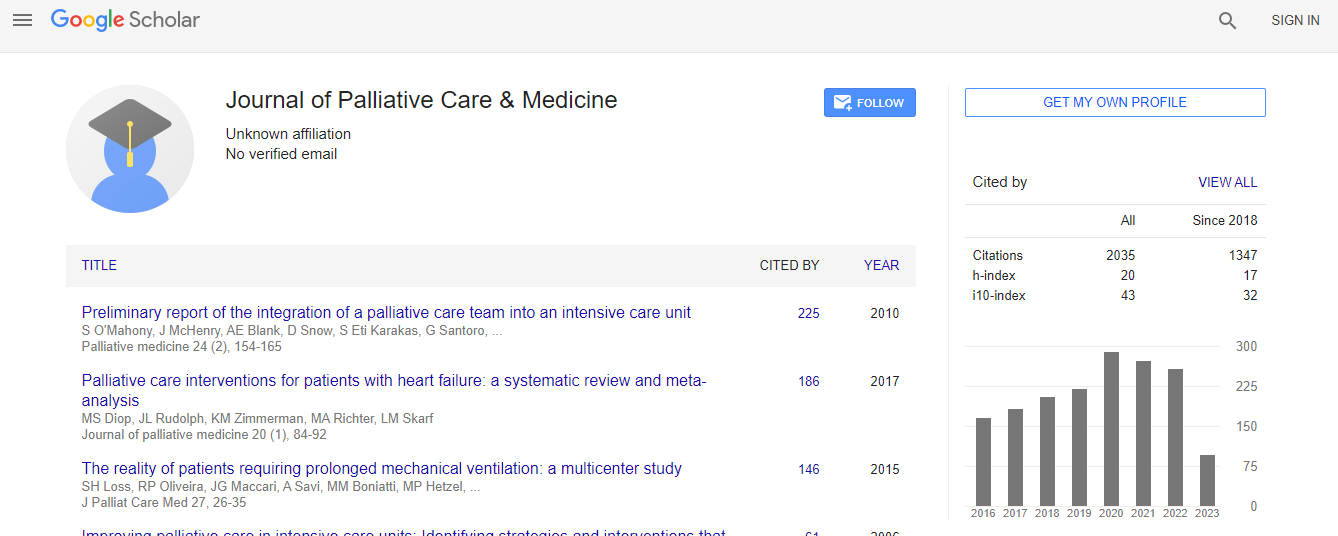Research Article
Clinical Prediction Rule for Patient Outcome after In-Hospital CPR
Satyam Merja1, Ryan H. Lilien1 and Hilary F. Ryder2,3*1Department of Computer Science, University of Toronto, Lebanon
2Department of Medicine and The Dartmouth Institute, Dartmouth Medical School, Lebanon
3Section of Hospital Medicine, Dartmouth-Hitchcock Medical Center, Lebanon
- *Corresponding Author:
- Hilary F. Ryder, M.D
Department of Medicine and The Dartmouth Institute
Dartmouth Medical School
One Medical Center Drive
NH, 03756, Lebanon
Tel: (603) 650-8380
Fax: (603) 653-6110
E-mail: Hilary.F.Ryder@Dartmouth.edu
Received date March 16, 2015; Accepted date March 25, 2015; Published date March 30, 2015
Citation: Merja S, Lilien RH, Ryder HF (2015) Clinical Prediction Rule for Patient Outcome after In-Hospital CPR. J Palliat Care Med 5:217. doi:10.4172/2165-7386.1000217
Copyright: © 2015 Merja S, et al. This is an open-access article distributed under the terms of the Creative Commons Attribution License, which permits unrestricted use, distribution, and reproduction in any medium, provided the original author and source are credited.
Abstract
Abstract Background: Physicians and patients frequently overestimate likelihood of survival after in-hospital cardiopulmonary resuscitation (CPR). Discussions and decisions around resuscitation after in-hospital cardiopulmonary arrest often take place without adequate or accurate information. Methods: We conducted a retrospective chart review of 470 instances of resuscitation after in-hospital cardiopulmonary arrest. Individuals were randomly assigned to a derivation cohort and a validation cohort. Logistic Regression and Linear Discriminant Analysis were used to perform multivariate analysis of the data. The resultant best performing rule was converted to a weighted integer tool and thresholds of survival and non-survival were determined with an attempt to optimize sensitivity and specificity for survival. Results: A 10-feature rule, using thresholds for survival and non-survival, was created; the sensitivity of the rule on the validation cohort was 42.7%, and specificity was 82.4%. Conclusions: Utilizing information easily obtainable on admission, our clinical prediction tool, the Dartmouth Score, provides physicians individualized information about their patients’ probability of survival after in-hospital cardiopulmonary arrest. The Dartmouth Score may become a useful addition to medical expertise and clinical judgment in evaluating and communicating an individual’s probability of survival after in-hospital cardiopulmonary arrest after it is validated by other cohorts. Methodologically, because LDA outperformed LR in the creation of this clinical prediction rule, it may be an approach for others to more frequently consider when performing similar analysis.

 Spanish
Spanish  Chinese
Chinese  Russian
Russian  German
German  French
French  Japanese
Japanese  Portuguese
Portuguese  Hindi
Hindi 
